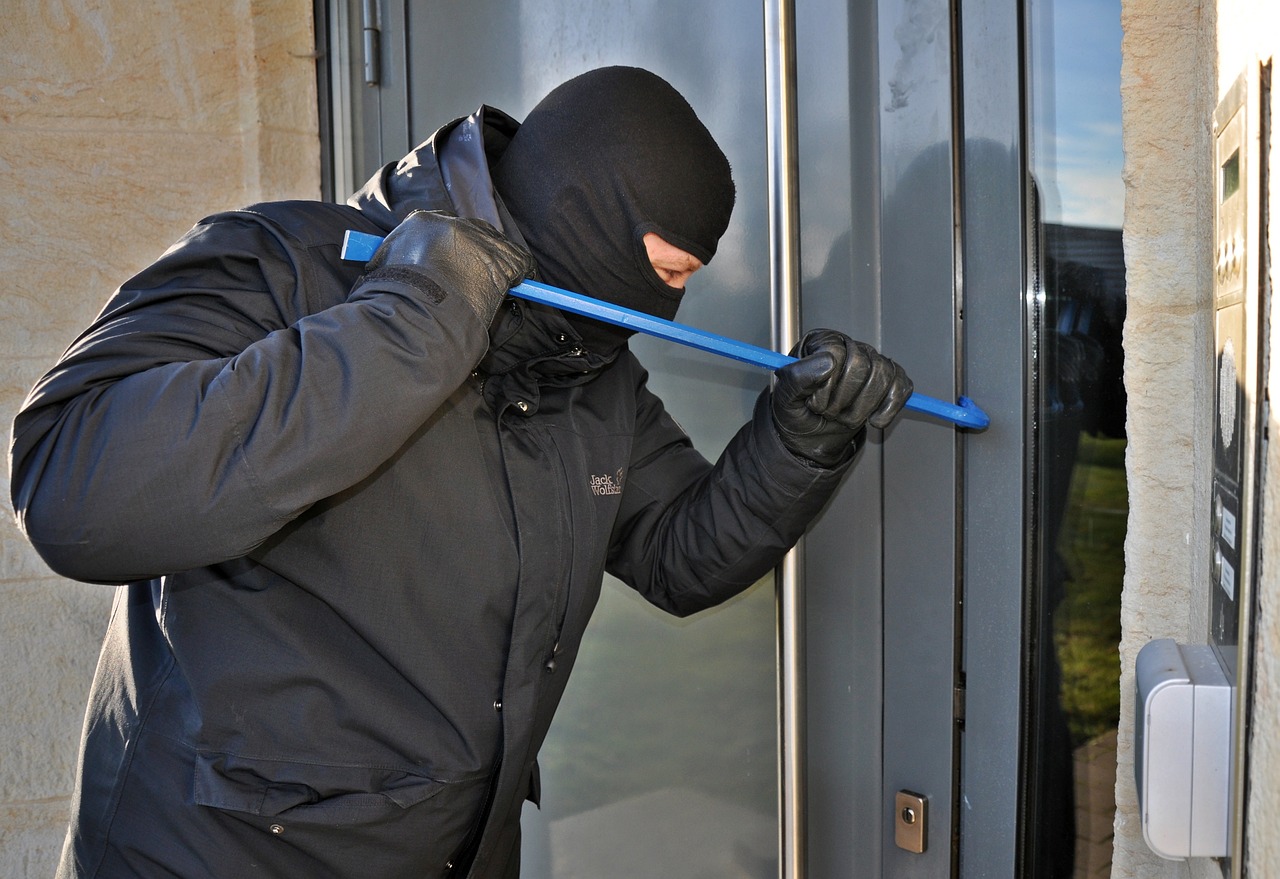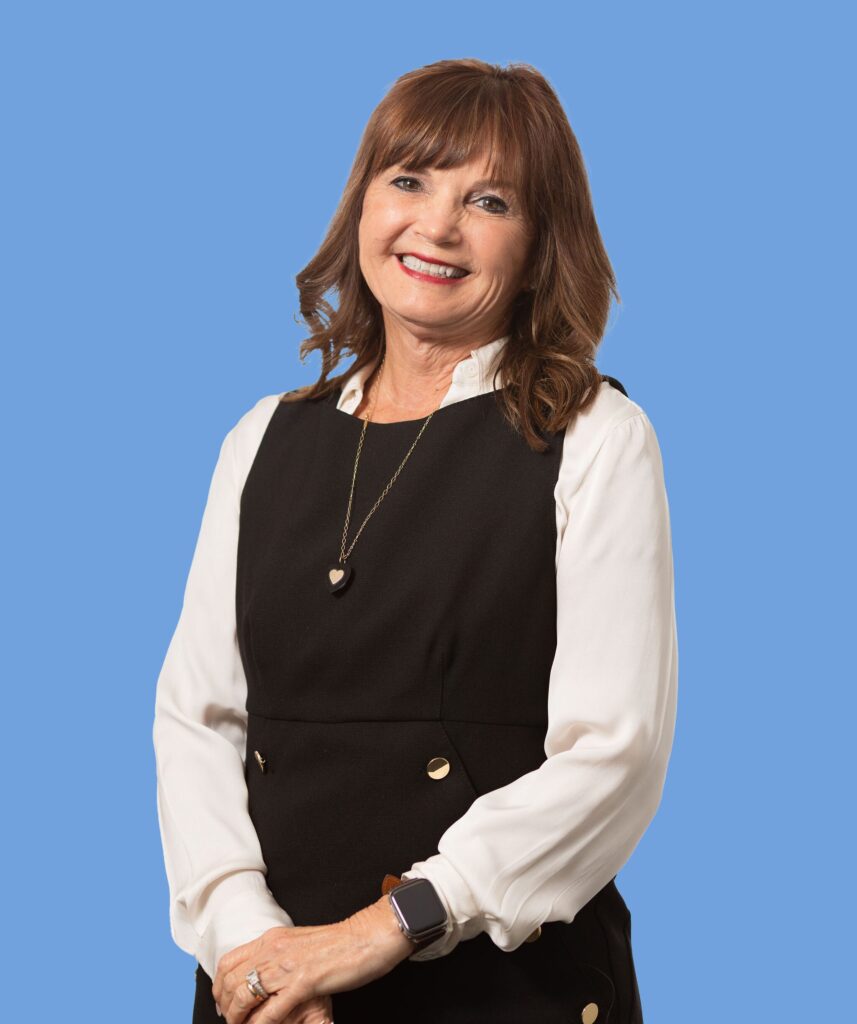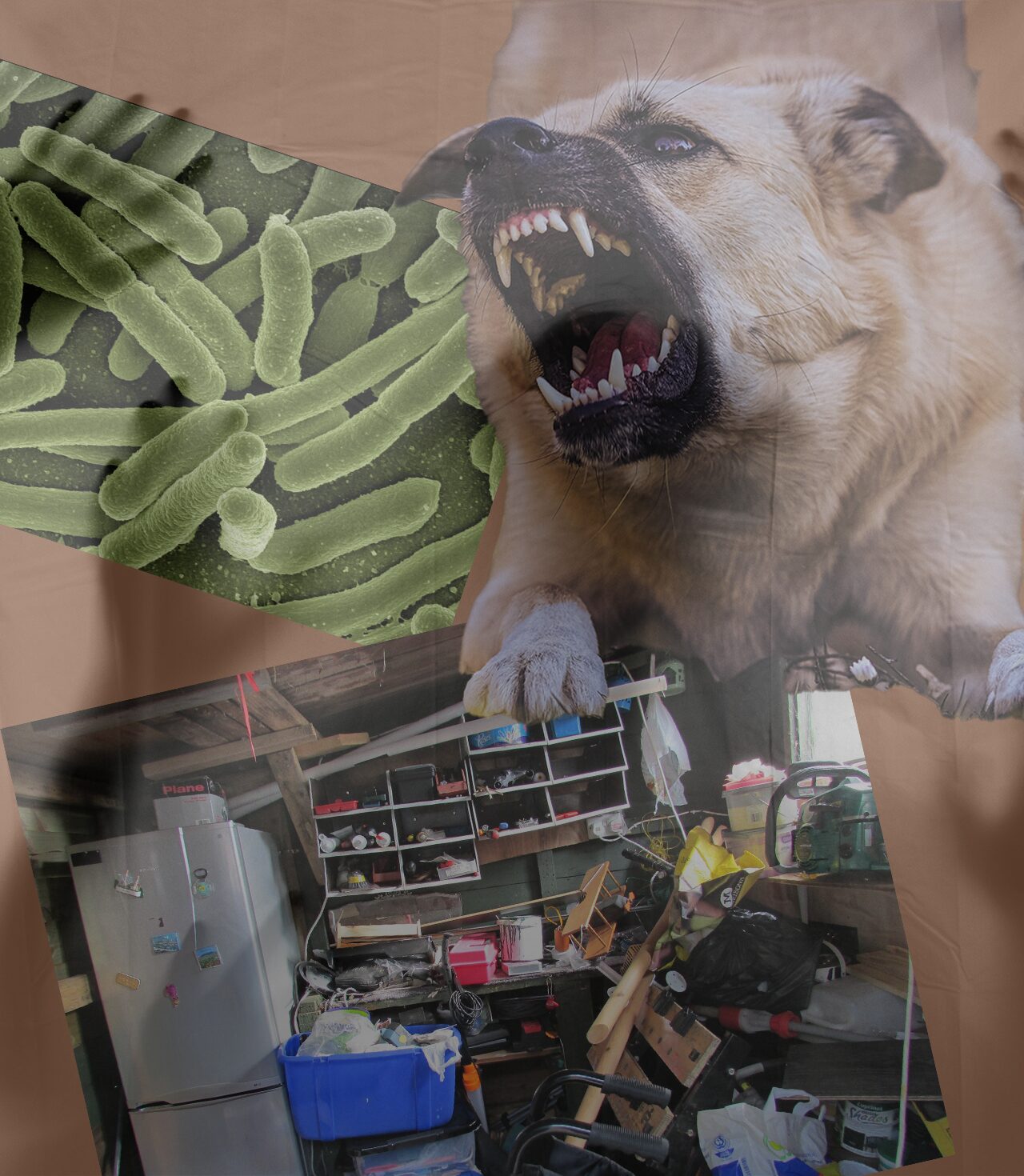Safeguarding Home Care Heroes Part 2
by Marcylle Combs, BS, MS, RN, CHCE
This article is part 2 of 2-part series. Read part 1 here.
Protecting our Care at Home Heroes
Preventive Measures and Safety Protocols
To deal with these dangers, several preventive steps have been recommended.
Personal Protection
Personal Protective Equipment (PPE) and hand hygiene are basic but important ways to prevent disease spread. Making sure workers are up to date on vaccinations, following cleaning protocols, and safely handling sharp objects and hazardous materials can also significantly reduce risks.
Beyond PPE

But safety isn’t just about using PPE. There’s also a need for ergonomic tools to prevent injuries, regular safety checks of patient homes, and ensuring safe driving practices for workers who spend a lot of time on the road. Just as important are communication and conflict de-escalation strategies to help healthcare workers manage tense situations with patients or their families.

Training
Training home health workers to spot signs of potential violence or aggression, whether from patients or their families, is vital. They should also have strategies to defuse conflicts and a clear plan to exit safely if a situation turns dangerous. Since hazardous chemicals in the home can be a real threat, agencies should train workers to recognize unsafe conditions and take the necessary steps, like reporting the problem or moving the patient to a safer environment.
Emotional Resilience
A Must-Have for Care at Home Workers
Physical safety is important, but emotional well-being is just as crucial. Feeling emotionally secure—valued, supported, and heard at work—is key to keeping employees engaged and satisfied with their jobs. It helps reduce burnout, absenteeism, and turnover.
Creating a culture of psychological safety starts with good leadership. Managers need to actively listen to their employees’ concerns and encourage open communication. When workers feel that their voices are heard and their opinions matter, they’re more likely to stay proactive and engaged.
Real-Life Examples and the Importance of Strong Policies
The dangers faced by home health workers aren’t just theoretical—they’re very real. I’ve seen this firsthand. As both an owner, administrator, and nurse, there were times we felt unsafe.
One instance that sticks out happened a few years ago
A nurse on a routine visit encountered the patient’s grandson breaking into the house, clearly high on some kind of drug. She and the patient managed to block the bedroom door while she called 911, and thankfully, the police arrived before the grandson could get to them. He was carrying a gun, though she didn’t know that at the time.

Putting Comprehensive Policies in Place
A solid safety program that meets the unique needs of home health workers is a must. This includes having zero-tolerance policies for workplace violence, infection control measures, and clear guidelines for handling dangerous materials. Ongoing education and training are essential to make sure staff follow these protocols.
In addition, there should be regular assessments to gauge how effective safety policies are. Gathering feedback from workers on the ground is crucial to making sure these policies address real-world challenges.
Final Thoughts: Safety is a Mindset
Workplace safety isn’t just about following rules or checking boxes. It’s something that should be part of the culture of every organization. By putting in place measures that protect both the physical and emotional well-being of home health workers, we can ensure that these “home care heroes” continue to provide the critical care that so many people rely on. As Eleanor Everet wisely said, “Safety is not a gadget, but a state of mind.”
# # #


Marcylle has faithfully served and advocated on behalf of home health and hospice patients for over 30 years. She started her career as a nurse, worked diligently to strengthen her leadership skills and ultimately became the owner/president of a successful home health and hospice company. She has served the home care industry in Texas and nationally throughout her years on multiple committees, boards, associations and dedicated lobbying efforts. Currently, Marcylle serves on the board of directors for The National Association for Home Care & Hospice (NAHC), the Home Care and Hospice Financial Managers Association (HHFMA) and the Industry Advisory Board. Additionally, she serves on NAHC’s Governance and Nominating Committee, the HHFMA workgroup, Innovations Committee and chairs the Women in Leadership Committee for HHFMA.
As a wife, mother of 5 adult children and as a female in the workplace she aspires to grow and lead others until her last breath on this earth. She continues this quest through three new business ventures she has founded: MAC Legacy, MAC Legacy Investments and The Marcylle Combs Company.
©2024 by The Rowan Report, Peoria, AZ. All rights reserved. This article originally appeared in Healthcare at Home: The Rowan Report. One copy may be printed for personal use: further reproduction by permission only. editor@therowanreport.com






